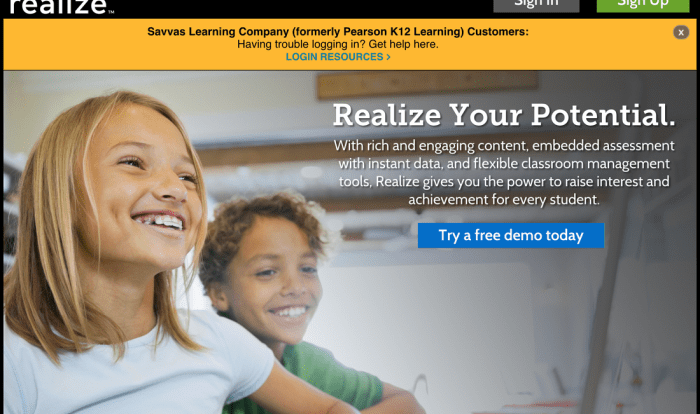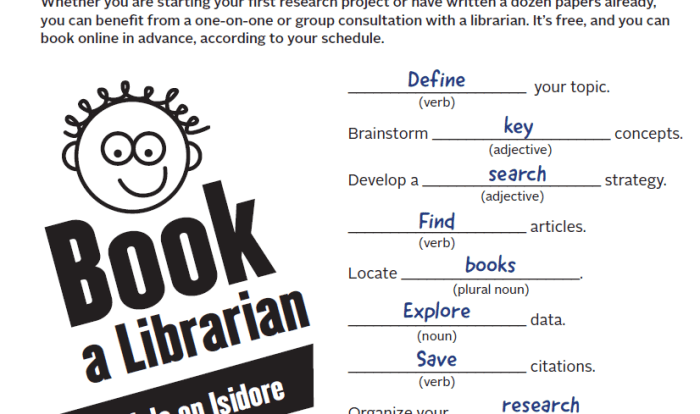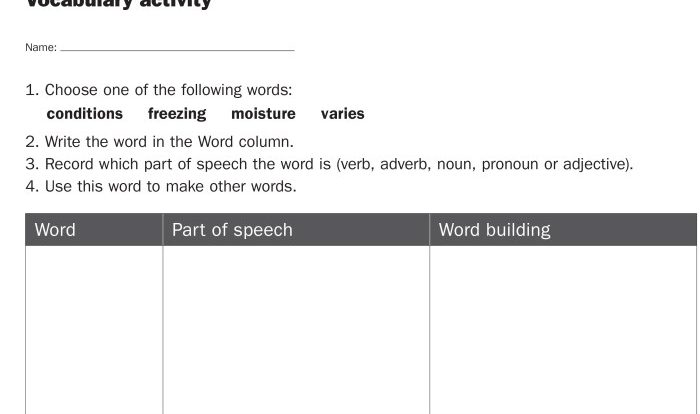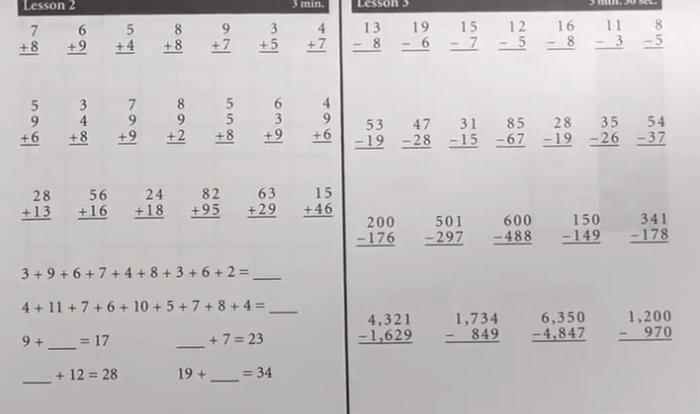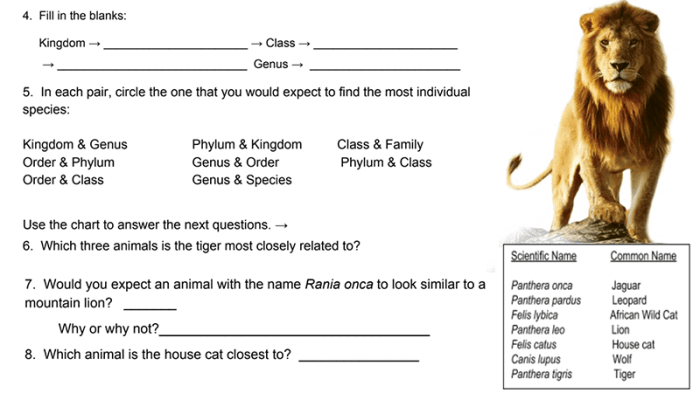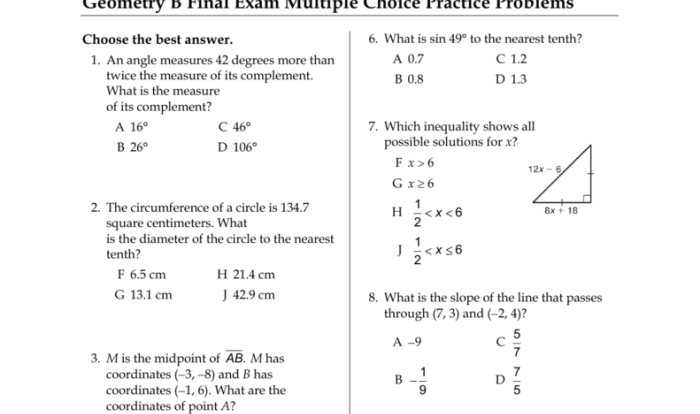The Abeka Consumer Math Test 11 is an essential assessment tool designed to evaluate students’ proficiency in consumer mathematics. This comprehensive exam covers a wide range of topics crucial for financial literacy and decision-making.
The test is structured into various sections, each focusing on specific aspects of consumer math, including budgeting, credit, investments, and taxes. By understanding the format, content, and preparation strategies for the Abeka Consumer Math Test 11, students can enhance their performance and gain valuable insights into their financial knowledge.
Test Overview

The Abeka Consumer Math Test 11 is a comprehensive assessment designed to evaluate students’ understanding of essential financial concepts and skills.
The test covers a wide range of topics, including budgeting, saving, investing, credit, and taxes. It is intended for high school students who are preparing to enter the workforce or pursue higher education.
Target Audience
The Abeka Consumer Math Test 11 is primarily intended for students in grades 11 and 12 who are enrolled in consumer math or personal finance courses.
Test Structure
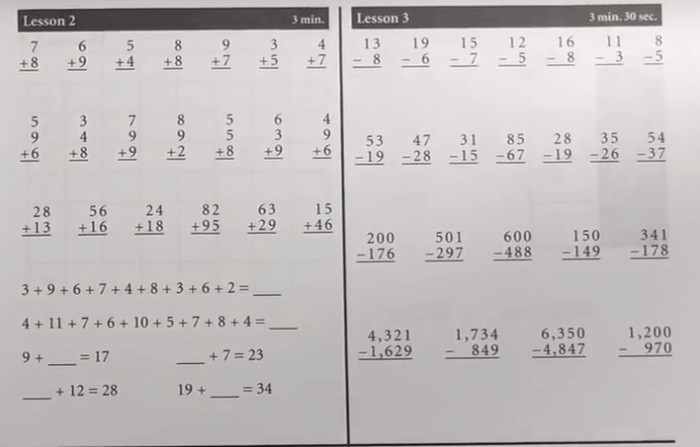
The Abeka Consumer Math Test 11 is divided into two main sections: Basic Concepts and Application of Concepts.
After acing the Abeka Consumer Math Test 11, you might wonder why lifeguards wear red. This article explains that the color red is highly visible in both clear and murky water, making lifeguards more easily spotted in case of an emergency.
Back to the test, remember to double-check your calculations for the best score on Abeka Consumer Math Test 11.
The Basic Concepts section covers fundamental mathematical concepts and skills, while the Application of Concepts section assesses students’ ability to apply these concepts to real-world situations.
Basic Concepts
- Number sense and operations
- Measurement and geometry
- Data analysis and probability
The Basic Concepts section consists of 30 multiple-choice questions and 5 short-answer questions. Students are given 45 minutes to complete this section.
Application of Concepts
- Personal finance
- Consumer skills
- Decision making
The Application of Concepts section consists of 25 multiple-choice questions and 5 short-answer questions. Students are given 45 minutes to complete this section.
Test Preparation
Effective test preparation is crucial for success on the Abeka Consumer Math Test 11. Here are some strategies to help you prepare:
Start by reviewing the course material thoroughly. Focus on understanding the concepts and practicing the skills you have learned.
Study Strategies
- Create a study schedule:Allocate specific time slots for studying and stick to them as much as possible.
- Break down the material:Divide the material into smaller, manageable chunks to make it less overwhelming.
- Use flashcards:Create flashcards with key terms, concepts, and formulas to aid memorization.
- Form study groups:Collaborate with classmates to discuss concepts, quiz each other, and share study materials.
- Attend review sessions:If available, attend review sessions offered by your teacher or school to clarify any doubts and reinforce concepts.
Practice Resources
In addition to studying, practice is essential for test preparation. Here are some resources for practice questions and sample tests:
- Textbook exercises:Complete the practice exercises and review the solutions provided in your textbook.
- Online practice questions:Utilize online platforms that offer practice questions and mock tests specifically tailored to the Abeka Consumer Math curriculum.
- Sample tests:Obtain sample tests from your teacher or school to familiarize yourself with the test format and question types.
Scoring and Interpretation
The Abeka Consumer Math Test 11 is scored based on the number of correct answers. The total number of questions on the test is 50, and each correct answer is worth 2 points. Therefore, the maximum possible score on the test is 100 points.
The test results are divided into three performance levels: Basic, Proficient, and Advanced. Basic indicates a need for additional support, Proficient indicates a satisfactory understanding of the material, and Advanced indicates a strong understanding of the material.
Interpreting the Test Results
The test results can be used to identify areas where students need additional support. For example, if a student scores poorly on the section on budgeting, it may indicate that they need additional instruction on this topic. The results can also be used to track student progress over time and to identify students who are at risk of falling behind.
Applications of Test Results
The Abeka Consumer Math Test 11 provides valuable insights into your consumer math abilities, enabling you to:
Identify strengths and weaknesses, Abeka consumer math test 11
The test pinpoints areas where you excel and areas that require improvement. This knowledge allows you to focus your efforts on strengthening weaker areas and honing your skills in areas of strength.
Plan for further education or training
Based on your test results, you can make informed decisions about pursuing further education or training to enhance your consumer math proficiency. The results can guide you in selecting appropriate courses or programs that align with your strengths and weaknesses.
Make informed decisions about financial matters
A strong understanding of consumer math empowers you to make wise financial decisions. The test results can provide you with the confidence to manage your finances effectively, avoid financial pitfalls, and plan for the future.
Additional Considerations
To ensure the fairness and integrity of the Abeka Consumer Math Test 11, various considerations have been implemented.
Regarding accommodations, students with documented disabilities or special needs may be eligible for modifications such as extended time, a quiet testing environment, or assistive technology. To request these accommodations, it is crucial to contact the testing administrator in advance and provide the necessary documentation.
Test Security and Ethics
The security and ethical administration of the test are of utmost importance. Test administrators are responsible for maintaining the confidentiality and integrity of the test materials. Unauthorized access, reproduction, or distribution of test content is strictly prohibited. Candidates are expected to adhere to ethical testing practices, such as refraining from cheating or plagiarism.
Updates and Changes
The Abeka Consumer Math Test 11 is regularly reviewed and updated to ensure its relevance and effectiveness. Candidates are advised to refer to the official testing website or contact the testing administrator for the most up-to-date information regarding any changes to the test format or content.
Question Bank: Abeka Consumer Math Test 11
What is the purpose of the Abeka Consumer Math Test 11?
The Abeka Consumer Math Test 11 is designed to assess students’ understanding of consumer math concepts and their ability to apply these concepts to real-world financial situations.
What topics are covered on the test?
The test covers a range of topics, including budgeting, credit, investments, taxes, and other consumer-related financial concepts.
Who is the target audience for the test?
The test is typically administered to high school students as part of their consumer math coursework.
